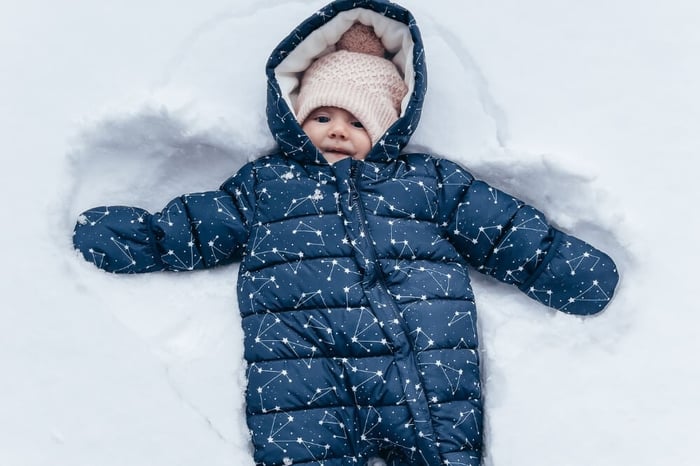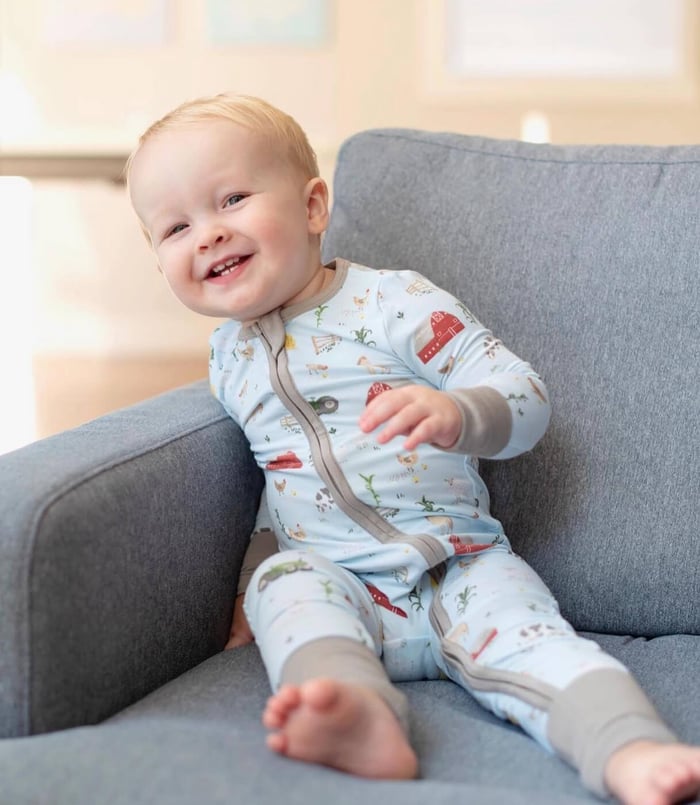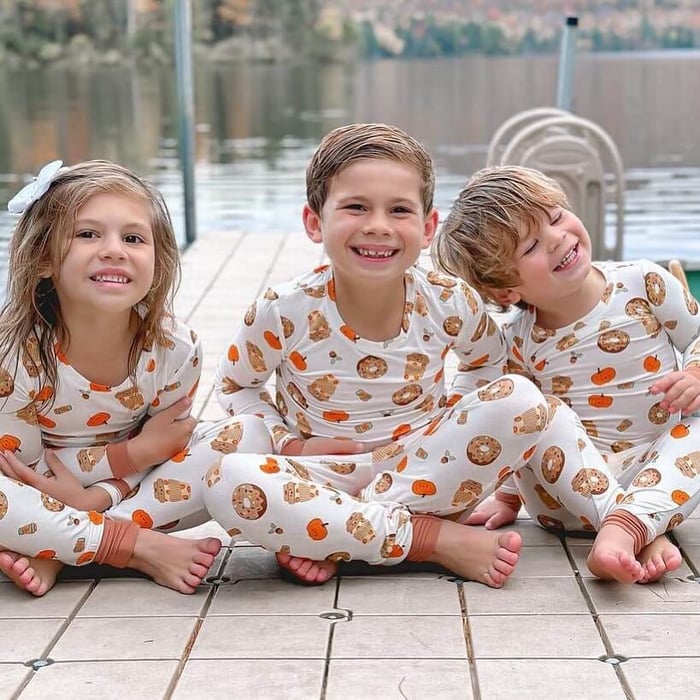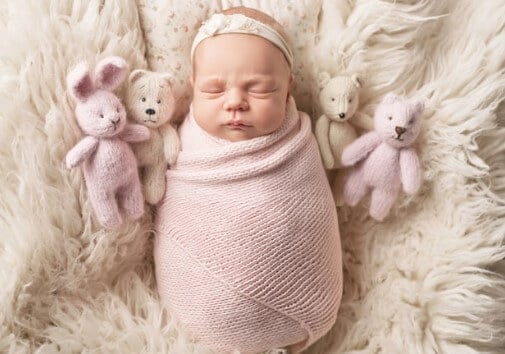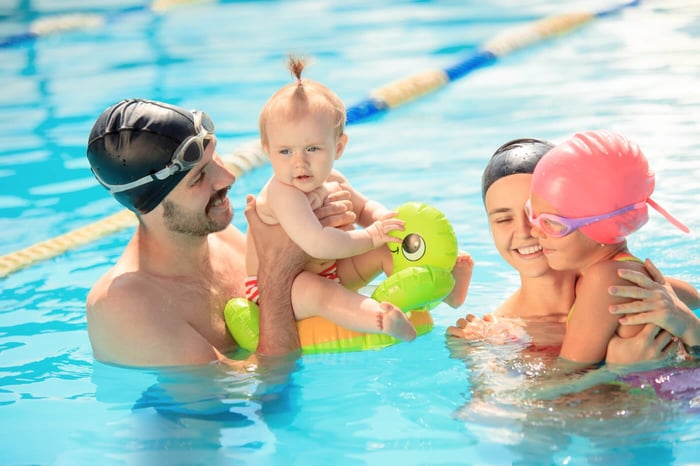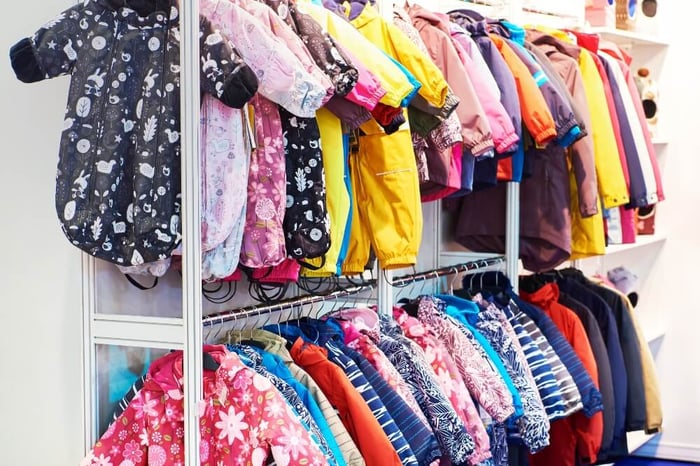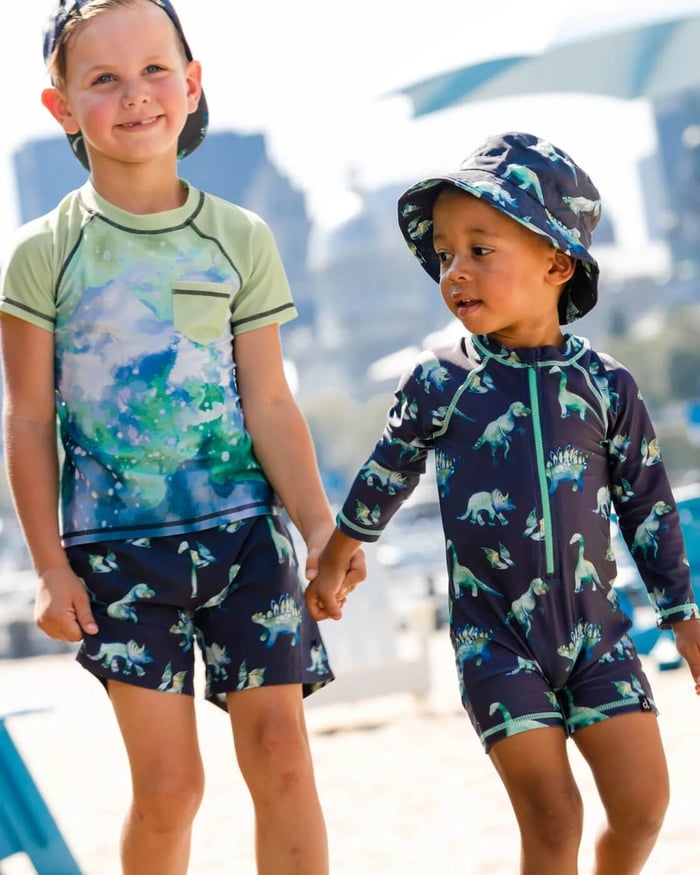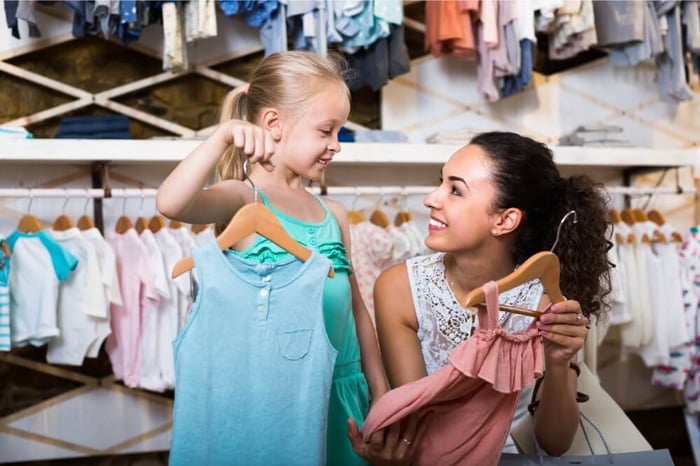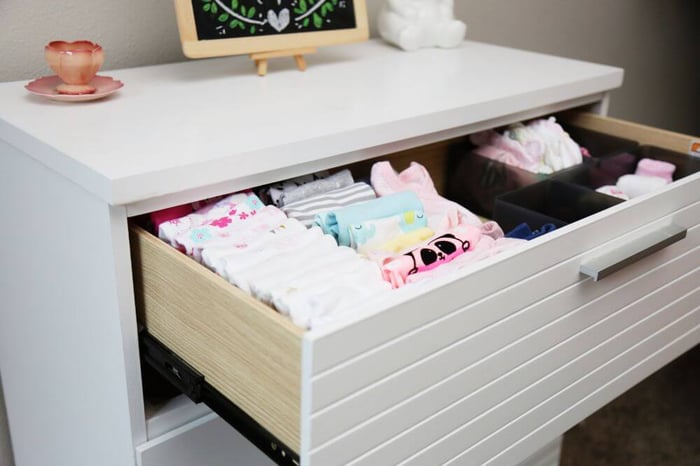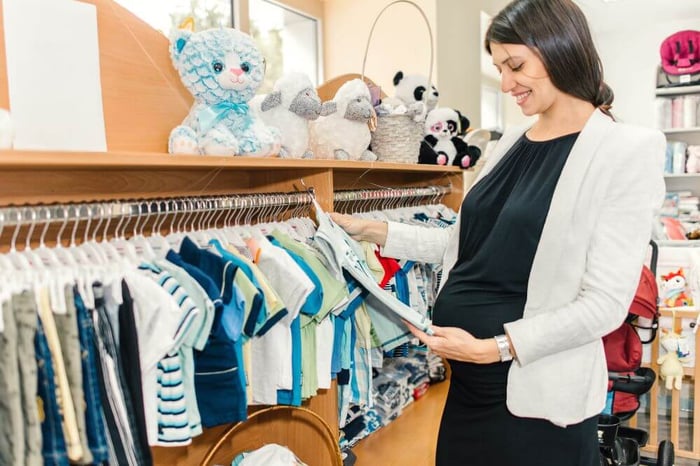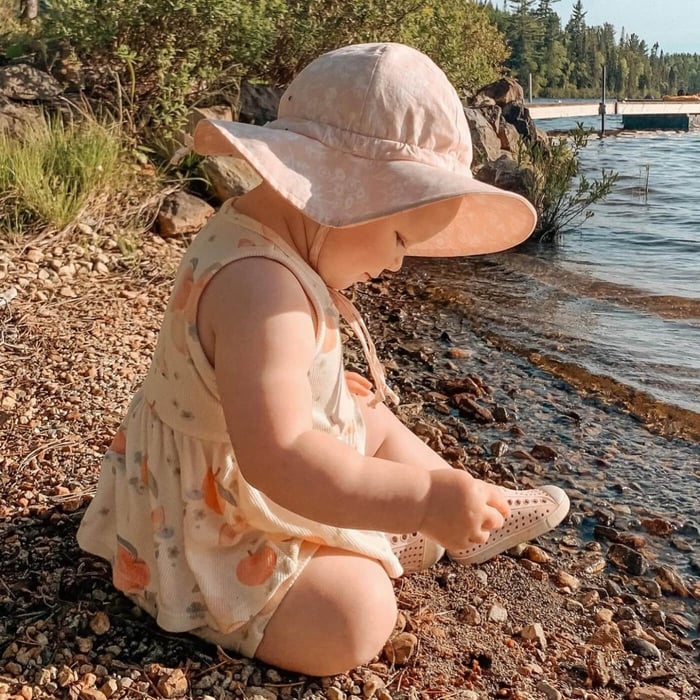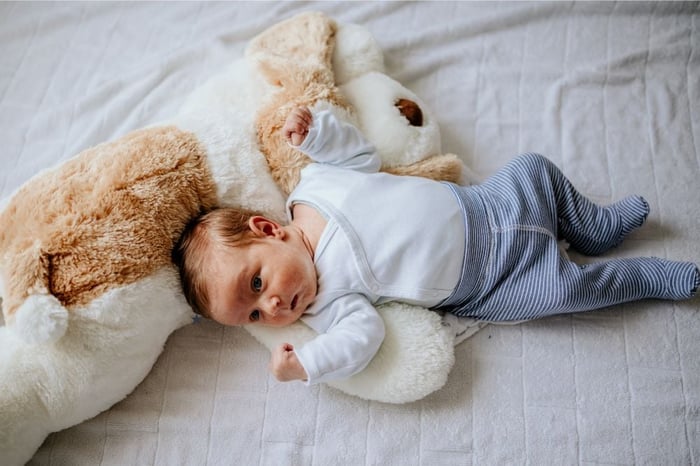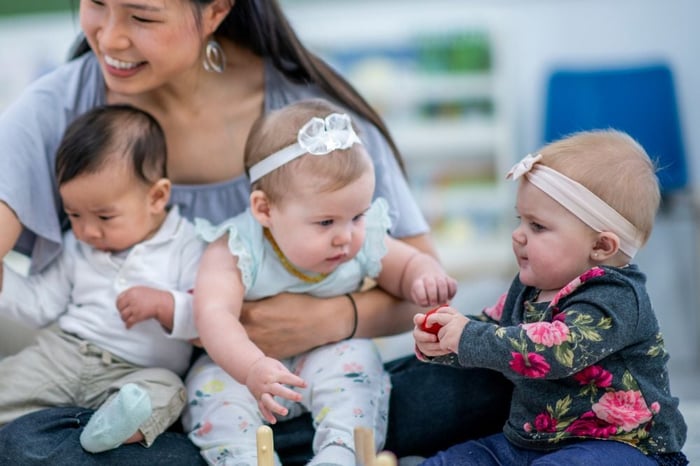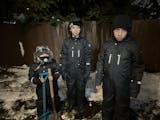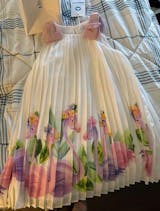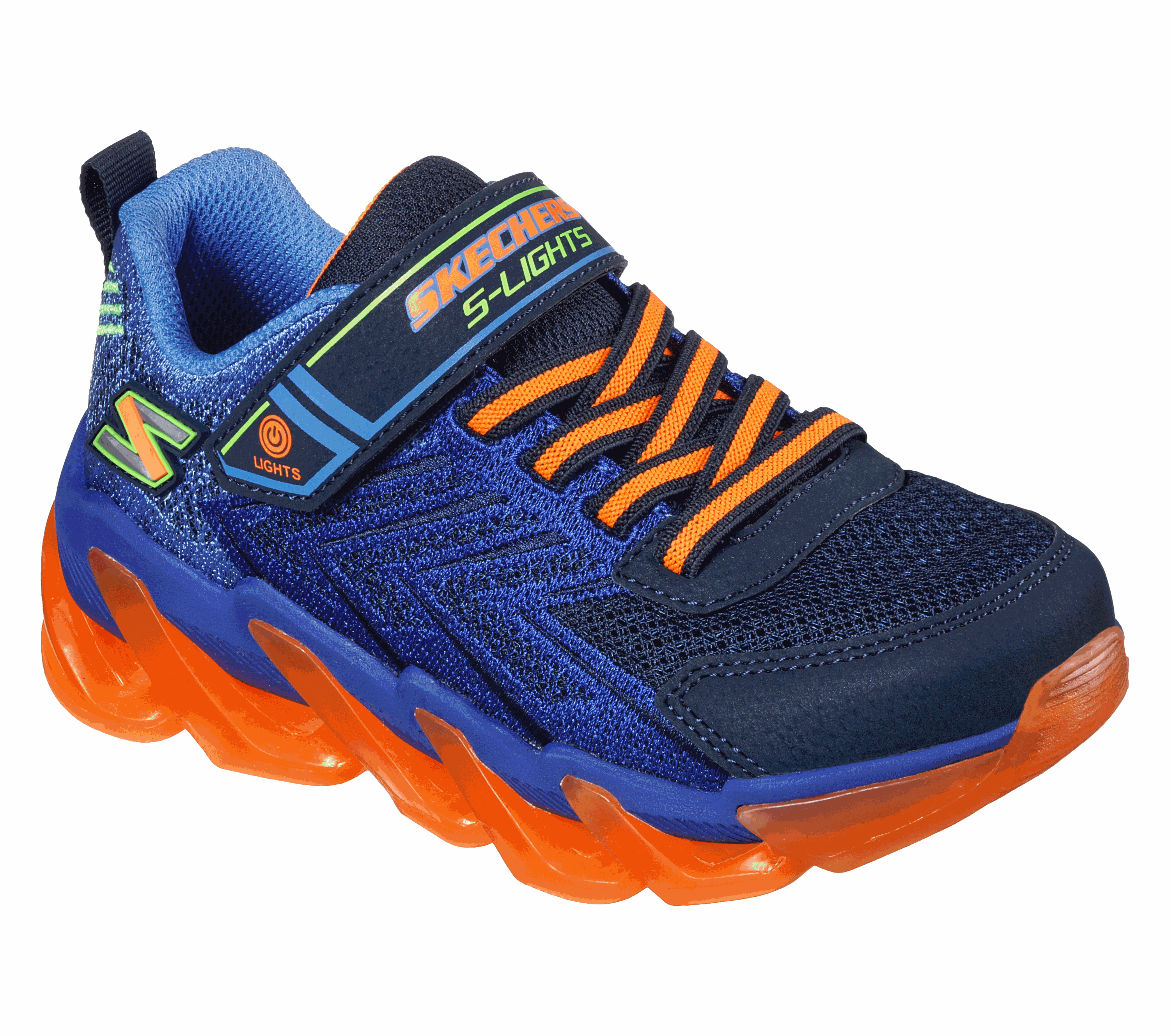The winter season is here, and even if you are not in a snowy area, the chilly weather sends a shiver down the spine. Parents want to know how to keep their children warm and cozy.
Babies tend to cool down or heat up quickly as they can't regulate their body temperatures. That being said, you don't want to get your baby to overheat by putting on some extra warm clothing.
Most parents want to wear a snowsuit for their child because it is super cut, but is it the right choice? Or is there any other option that ensures your baby is warm but not too warm? Well, this guide will walk you through and help you find the answer to the question — what temperature to wear a snowsuit for babies.
What Baby Clothes Are Suitable and for Which Point in the Cold Temperature?

Do you want to know the magic word to prepare winter clothes for your baby? It is LAYERS! The best way to keep your baby warm indoors or outdoors is to have the right number of layers.
It would help if you started by creating a good base with the long-sleeved bodysuit and tights. Next, you can wear a jacket, jumper, and trousers, depending on your child's temperature and age. You should select wool or wool-silk mix fabrics since they are breathable and keep the baby warm.
Let's not forget socks and fur slippers to keep their feet warm. To top it all off, you can go for a baby hat. Remember that the quickest way for the heat to escape is through the head and feet. So, covering their head and feet is important to keep the baby warm.
What about the Outdoors?
So, what should the baby wear when taking them out in a cold season? A waterproof snowsuit with attached feet can be a great option as it will keep your child warm by preventing warm air from escaping. The waterproof snowsuit also keeps your child from getting wet or cold when playing in the snow.
What is the Temperature for Babies to Wear a Snowsuit?

What temperature is appropriate for babies to wear a snowsuit? The answer is that it depends on several factors, such as the particular snowsuit design, the baby's age, additional layers, and the weather conditions.
You need to consider all these things to decide whether or not it is the right temperature for a baby to wear a snowsuit. To help you out, here are general guidelines, but it's essential to consider your baby's comfort and adjust accordingly:
Mild Cold (40-50°F or 4-10°C)
A lightweight snowsuit may be suitable with additional layers underneath if the temperature is mild cold. For warmth, you can also consider a long-sleeved onesie, shirt, and pants.
Cold (20-40°F or -6 to 4°C)
Choose a medium-weight snowsuit with appropriate layers if the temperature drops below freezing. In addition, you should also add a warm hat, mittens, and socks to keep your baby warm. Moreover, the snowsuit you choose should be wind-resistant to prevent air entering the snowsuit.
Very Cold (0-20°F or -17 to -6°C):
Opting for a heavy, insulated snowsuit with multiple layers underneath is best at this temperature. Also, add a thicker hat, insulated mittens, and warm socks; the snowsuit you choose should be windproof and water-resistant.
Extremely Cold (-20 to 0°F or -29 to -17°C)
While these are extreme temperatures, some areas in the Northern Hemisphere, particularly Canada, can drop to (-20 to 0°F or -29 to -17°C). In that scenario, you must select an extremely warm and well-insulated snowsuit. Also, layer the snowsuit with a fleece or thermal onesie, pants, and a sweater paired with a thick, insulated hat, mittens, and warm, thick socks.
Tips to Choose the Right Snowsuit for the Baby

Choosing the right snowsuit for your baby involves considering size, insulation, materials, and practical features. Here are some tips to help you make the best choice:
- Select the right size of the snowsuit to ensure a proper fit. Avoid buying a snowsuit that is too big, as it may not provide adequate warmth and could pose safety risks.
- Look for a snowsuit with sufficient insulation for the expected weather conditions. Insulated snowsuits are typically rated for specific temperature ranges.
- Choose water-resistant or waterproof materials to protect your baby from snow and moisture. It is especially important if you plan on outdoor activities in wet conditions.
- Choose a snowsuit with easy-to-use zippers, snaps, or Velcro closures for quick and hassle-free dressing and undressing.
- Ensure the snowsuit is not too tight so it allows your baby to move properly.
- Avoid long strings or cords that could pose a strangulation risk.
- Opt for detachable hoods for safety.
Remember to consider your baby's needs and preferences when selecting a snowsuit. There is a wide range of designs and a variety of colors available that you can choose from according to your preference.
When choosing a snowsuit, prioritize the baby's safety and comfort. Additionally, it is also important that you regularly check the baby's temperature to prevent overheating.
How Can You Keep Your Baby Warm in Winter?

Keeping your baby warm in winter is crucial for their comfort and well-being. Here are some tips to help you ensure your baby stays warm during the colder months:
Dress in Layers
As mentioned, the layers are the most important thing in keeping your baby warm. It is best to use multiple layers to trap warmth. Start with a thin, moisture-wicking layer close to the skin, add an insulating layer for warmth, and finish with a water-resistant outer layer.
Also, you should invest in a high-quality, insulated winter coat or snowsuit suitable for the temperature and weather conditions.
Heads, Hands, and Feet
Now, for the cute bit, the heads and hands need to stay warm, baby, and you need to use mittens or gloves. Use a warm hat or hood to prevent heat loss from the head.
Also, you must use warm footwear to keep the feet of the baby warm. Choose insulated, waterproof boots to keep your baby's feet dry and warm. Make sure they're the right size to allow proper circulation.
Keeping Comfy
Convenience and comfort are essential for a baby; otherwise, they might continue to cry. So, you should wear clothing that is not too tight or loose. As a result, it will ensure that your baby stays warm without restricting the movements of their limbs.
Remember, you should always give comfort priority over adorability. Choosing the cutest little woolen coat can be tempting, but you must consider whether it will be comfortable for your baby.
Use the Right Clothing in Cars
You should keep the layers to a minimum when in the car. It is crucial because excessive padding between your baby and their car seat straps can make the seat unsafe.
If you are traveling, consider using a car seat cover designed to keep the seat warm. And if you still think your baby might get cold, you can put a blanket over them for additional warmth.
Wrapping Up
We hope you have the answer to the question of what temperature to wear a snowsuit for babies. As a parent, you want to keep your baby warm. However, it is equally important you don't overheat them. With this article, you know when the right temperature is at which you should get a snowsuit for your little ones.
So, what are you waiting for? With the winter season in full swing, it is time for you to check out the premium selection of snowsuits and choose the best one.
FAQs
When Should a Baby Wear a Snowsuit?
Babies should wear a snowsuit when exposed to cold weather, particularly during winter. If temperatures are near or below freezing or snow or cold wind, a snowsuit is suitable to keep the baby warm. When choosing a snowsuit, it's important to consider factors like wind chill and the baby's activity level.
What Should a Baby Wear in 22-Degree Heat?
In 22-degree Celsius (71.6°F) heat, babies need light and breathable clothing. Dress them in lightweight, loose-fitting layers of breathable cotton fabrics. A short-sleeved onesie or shirt and comfortable shorts or pants are appropriate. Wear a wide-brimmed hat and sunscreen to ensure the baby stays hydrated, safe, and protected from the sun.
Can Babies Overheat in a Snowsuit?
Babies can overheat in a snowsuit, especially if the weather is not extremely cold. It's crucial to monitor the baby's comfort and adjust clothing accordingly. Signs of overheating include sweating, flushed skin, and fussiness. Remove layers or choose a lighter outfit if the baby appears too warm.
Are Snowsuits Safe for Babies?
Snowsuits can be safe for babies when used appropriately. However, it's essential to follow safety guidelines, such as choosing the right size to avoid discomfort or safety hazards.

